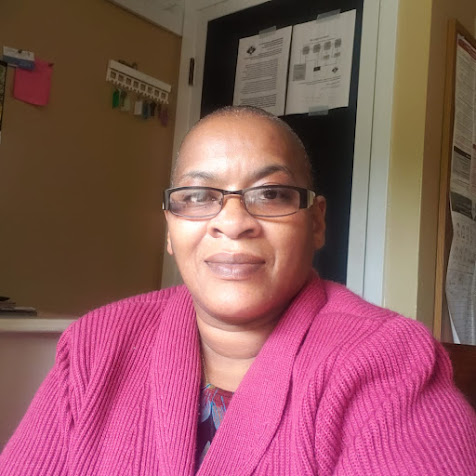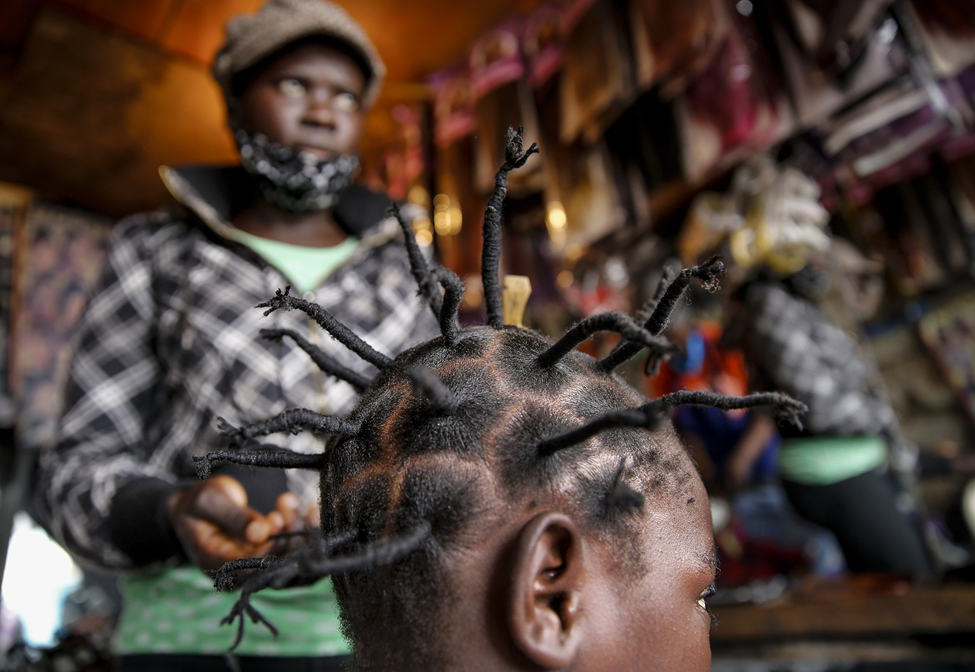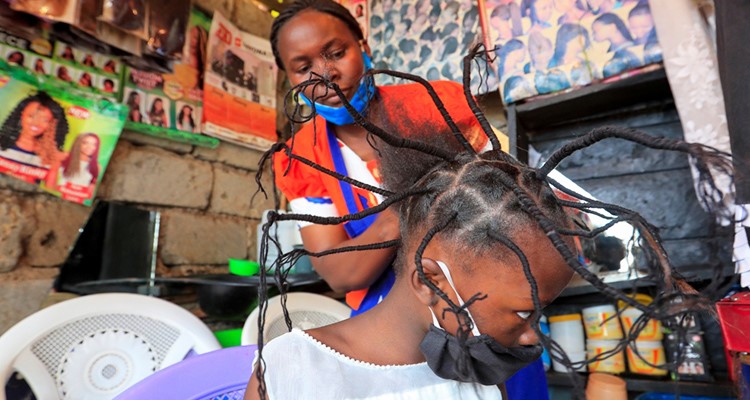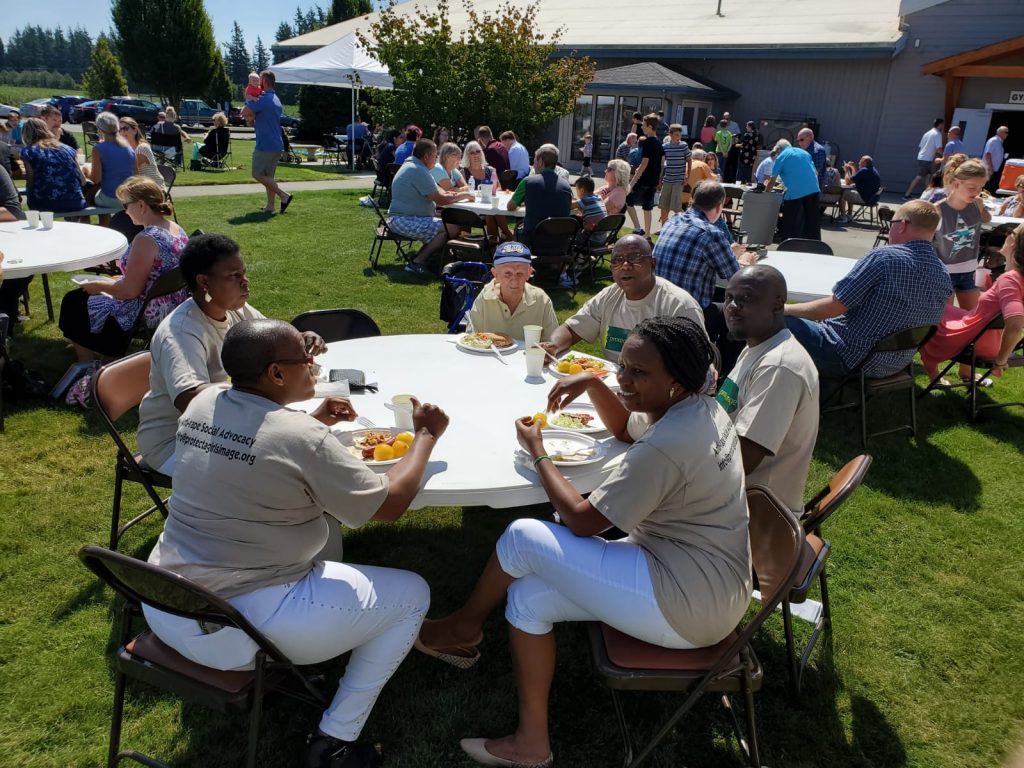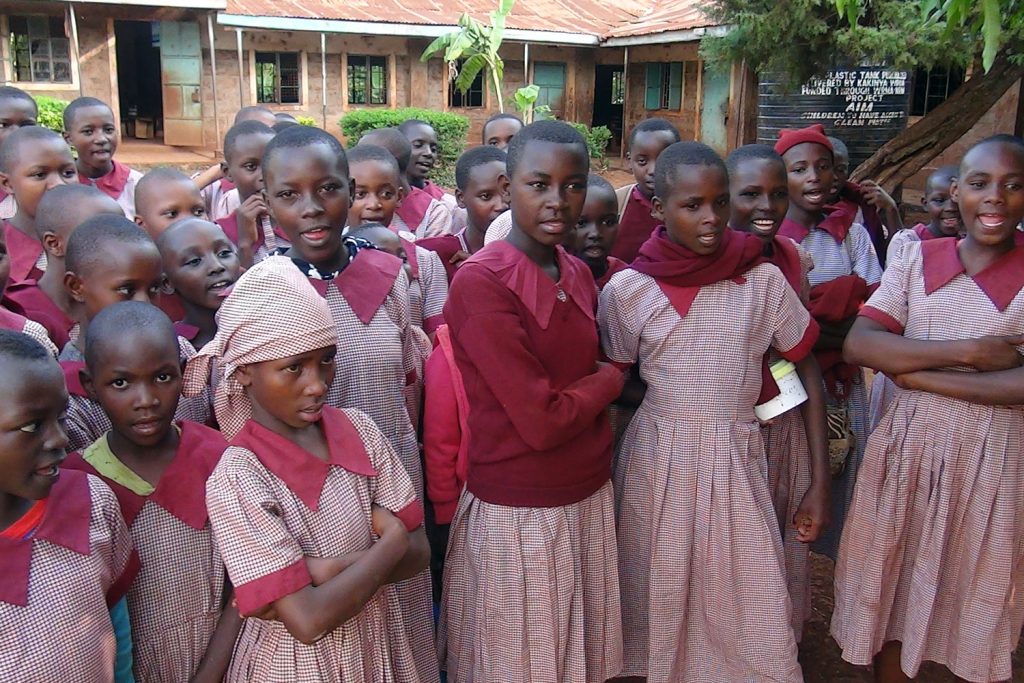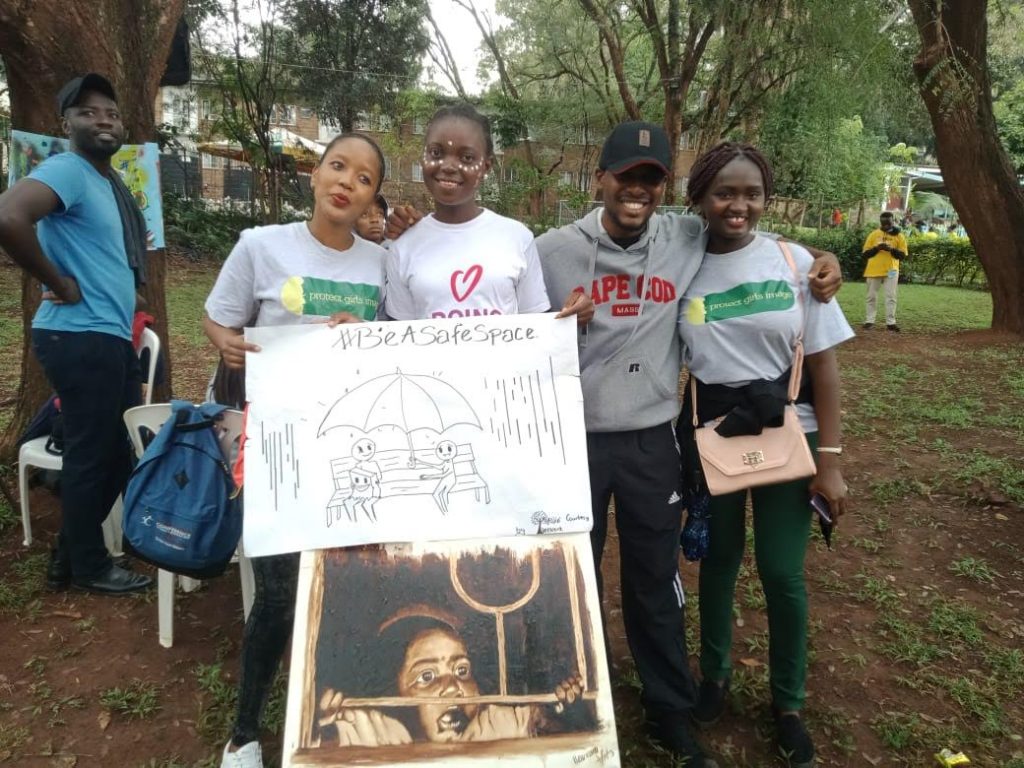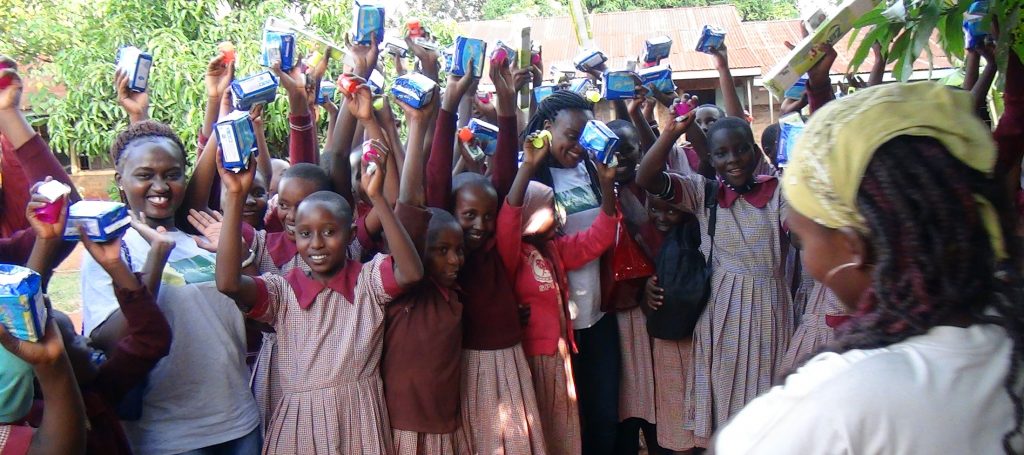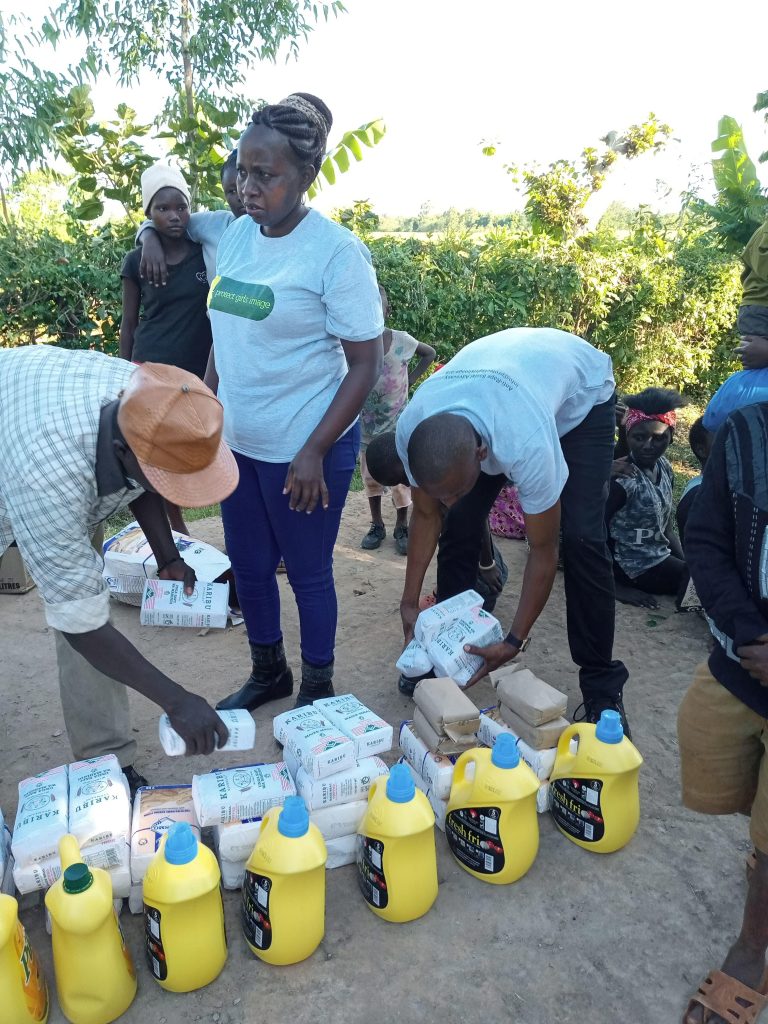As much as parents try to keep their children safe, it is not always possible be to protect them from impending traumatic experiences. In the wake of a traumatic event, your comfort, support and reassurance as a parent can make children feel safe, help them manage their fears, guide them through their grief, and help them recover in a healthy way.
Before I get into it, let us first be clear what trauma is.
What Is Trauma?
Trauma is an emotional response to an intense event that threatens or causes harm. The harm can be physical or emotional, real or perceived, and it can threaten the child or someone close to him or her. Trauma can be the result of a single event, or it can result from exposure to multiple events over time.
Potentially traumatic events may include:
- Abuse (physical, sexual, or emotional).
- Effects of poverty (such as homelessness or not having enough to eat).
- Being separated from loved ones.
- Witnessing harm to a loved one or pet.
- Natural disasters or accidents.
- Unpredictable parental behavior due to addiction or mental illness among many other things that affect a child.
How does Trauma affect your children?
The intense, confusing, and frightening emotions that follow a traumatic event or natural disaster can be even more pronounced in children and teens. Such events can undermine their sense of security, leaving them feeling helpless and vulnerable—especially if the event stemmed from an act of violence, such as a physical assault, mass shooting, or terrorist attack. Even kids or teens not directly affected by a disaster can become traumatized when repeatedly exposed to horrific images of the event on the news or social media.
1. Bodies
- Inability to control physical responses to stress
- Chronic illness, even into adulthood (heart disease, obesity.
2. Brains (Thinking)
- Difficulty thinking, learning, and concentrating
- Impaired memory
- Difficulty switching from one thought or activity to another
3. Emotions (feeling)
- Low self-esteem
- Feeling unsafe
- Inability to regulate emotions
- Difficulty forming attachments to caregivers
- Trouble with friendships
- Trust issues
- Depression, anxiety Behavior
- Lack of impulse control
- Fighting, aggression, running away
- Substance abuse
- Suicide
RELATED CONTENT: Ten Ways to teach your children about consent at every age.
How do you help your child heal from trauma?
1. TEACH YOUR CHILD TO TALK.
It is important to remember two words when working with anyone experiencing trauma and hurt: “hope” and “encouragement.” This isn’t about telling someone they should paint over all their problems with happy thoughts. Instead, it is about offering a way out from the despair left over from trauma.
Talk to your child about what happened. There is no way to manage trauma without at least acknowledging that it happened. Most people are raised in homes where no one talks about “the elephant in the room.” But if you want to help a person heal from any type of hurt or trauma, it is important to discuss it.
Once you begin talking about difficult subjects, you give your child permission to as well. You are teaching them it is okay to talk about these things.
Reassure your child. The event was not their fault, you love them, and it’s OK for them to feel upset, angry, or scared.
Don’t pressure your child into talking. It can be very difficult for some kids to talk about a traumatic experience. A young child may find it easier to draw a picture illustrating their feelings rather than talk about them. You can then talk with your child about what they’ve drawn.
Be honest. While you should tailor the information you share according to your child’s age, honesty is important. Don’t say nothing’s wrong if something is wrong.
Do “normal” activities with your child that have nothing to do with the traumatic event. Encourage your child to seek out friends and pursue games, sports, and hobbies that they enjoyed before the incident. Go on family outings to the park or beach, enjoy a games night, or watch a funny or uplifting movie together.
2. ENCOURAGE PHYSICAL ACTIVITY.
Physical activity can burn off adrenaline, release mood-enhancing endorphins, and help your child sleep better at night.
Find a sport that your child enjoys. Activities such as basketball, soccer, running, martial arts, or swimming that require moving both the arms and legs can help rouse your child’s nervous system from that “stuck” feeling that often follows a traumatic experience.
Offer to participate in sports, games, or physical activities with your child. If they seem resistant to get off the couch, play some of their favorite music and dance together. Once a child gets moving, they’ll start to feel more energetic.
Encourage your child to go outside to play with friends or a pet and blow off steam.
Schedule a family outing to a hiking trail, swimming pool, or park.
Take younger children to a playground, activity center, or arrange play dates.
3. TEACH YOUR CHILD TO TRUST THEMSELVES.
Children are often impressionable. It is so easy to teach a child that they cannot trust themselves. Particularly in abusive homes, children are taught not to feel or to think on their own. They are usually taught to do what their parent says without question and to overlook their own experiences.
Teaching a child to trust their intuition is not overly difficult, though it often takes time. Start by having a discussion with your child about how important it is to trust one’s own inner voice, or conscience. Continue asking your child how they feel about certain experiences. This act will help your child learn that to look inside is an important aspect of life.
4. MINIMIZE MEDIA EXPOSURE.
Children who’ve experienced a traumatic event can often find relentless media coverage to be further traumatizing. Excessive exposure to images of a disturbing event—such as repeatedly viewing video clips on social media or news sites—can even create traumatic stress in children or teens who were not directly affected by the event.
Limit your child’s media exposure to the traumatic event. Don’t let your child watch the news or check social media just before bed, and make use of parental controls on the TV, computer, and tablet to prevent your child from repeatedly viewing disturbing footage.
As much as you can, watch news reports of the traumatic event with your child. You can reassure your child as you’re watching and help place information in context.
Avoid exposing your child to graphic images and videos. It’s often less traumatizing for a child or teen to read the newspaper rather than watch television coverage or view video clips of the event.
5. SHOW YOUR CHILD HOW TO GRIEVE.
Most children (and really, most adults) are not taught how to grieve. Most people are taught “Don’t cry,” “Keep difficult emotions to yourself,” “Be strong,” “Move on,” and other similar methods of coping with loss. When working with emotionally injured children, you can best help them by not only teaching them how to talk about their feelings, but also about how to grieve.
How do you do this? There are a couple of ways:
One is through personal example. Here, you demonstrate your own grief about something.
Another is when you ask your child questions, such as, “What do you miss about so-and-so?” Or, “If you could talk to so-and-so, what would you say?” Try to ask open-ended questions that generate feelings.
Grieving involves processing through feelings until they are complete. Children need not analyze this concept. They just need permission to talk, cry, be angry, and express their emotions until they are done. Grief is finished when it’s finished. There is no timeline for grief, and everyone processes emotions on their own schedule. Talk to your child about these concepts and give them permission to “process” through any feelings at their own pace.
6. FEED YOUR CHILD A HEALTHY DIET.
The food your child eats can have a profound impact on their mood and ability to cope with traumatic stress. Processed and convenience food, sugary foods and snacks can create mood swings and worsen symptoms of traumatic stress. Conversely, eating plenty of fresh fruit and vegetables, high-quality protein, and healthy fats, especially omega-3 fatty acids, can help your child better cope with the ups and downs that follow a disturbing experience.
Focus on overall diet rather than specific foods. Kids should be eating whole, minimally processed food—food that is as close to its natural form as possible.
Limit fried food, sweet desserts, sugary snacks and cereals, and refined flour. These can all exacerbate symptoms of traumatic stress in kids.
Be a role model. The childhood impulse to imitate is strong so don’t ask your child to eat vegetables while you gorge on soda and French fries.
Cook more meals at home. Restaurant and takeout meals have more added sugar and unhealthy fat so cooking at home can have a huge impact on your kids’ health. If you make large batches, cooking just a few times can be enough to feed your family for the whole week.
Make mealtimes about more than just food. Gathering the family around a table for a meal is an ideal opportunity to talk and listen to your child without the distraction of TV, phones, or computers.
7. TEACH YOUR CHILD ABOUT BOUNDARIES.
One important topic you can introduce to your child is the concept of boundaries. Boundaries can be physical and emotional. Physical boundaries include a person’s body and physical space. Emotional boundaries include how a person is treated emotionally, mentally, and psychologically.
Art is one effective intervention for teaching children this concept. You can draw a picture of a line, wall, or some type of boundary indicator. On one side of the line, write down attributes of healthy boundaries, such as, “respect,” or “does not touch me in a way that is unsafe.” On the “boundary violation” side of the barrier, write a list of unhealthy boundary violators, such as “name calling,” or “yelling.” You and your child can create this drawing together.
Of course, you will need to use age-appropriate language. The main concern is to teach your child emotional intelligence and about how to protect themselves from unsafe relationships.
8. IDENTIFY THE ‘HURT SELF’ AND THE ‘STRONG SELF’.
Teach your child that it is okay to talk about difficult memories. Explain that they have a “hurt self” that needs to be healed. In addition, let your child know they aren’t only hurt, but that they also have a “healthy self” or “strong self” capable of overcoming hard things. The strong self will help heal the hurt self.
To help your child identify what is hurt, you can ask questions about thoughts, fears, feelings, and dreams. See if your child can identify how they experience the pain from the trauma they have endured. If your child is not interested in going that deep, just talk to them. Say, “I know you are hurt. Here are some suggestions for helping yourself heal.”
It is helpful for parents and other significant leaders in a child’s life to learn how to teach them important life lessons, especially those involving emotions. Since most people generally do not understand emotional health, this can prove challenging—mainly, because most people haven’t been taught themselves.
I recommend drawing two pictures for your child: one a hurt child, and one a healthy child. The hurt child could look sad and have tears. The strong child could look steadfast and concerned. Teach your child that these two “parts of self” exist within them, and that their job is to learn how to nurture and heal the hurt part of the self.
9. REBUILD TRUST AND SAFETY.
Trauma can alter the way a child sees the world, making it suddenly seem a much more dangerous and frightening place. Your child may find it more difficult to trust both their environment and other people. You can help by rebuilding your child’s sense of safety and security.
Create routines. Establishing a predictable structure and schedule to your child’s or teen’s life can help to make the world seem more stable again. Try to maintain regular times for meals, homework, and family activities.
Minimize stress at home. Try to make sure your child has space and time for rest, play, and fun.
Manage your own stress. The more calm, relaxed and focused you are, the better you’ll be able to help your child.
Speak of the future and make plans. This can help counteract the common feeling among traumatized children that the future is scary, bleak, and unpredictable.
Keep your promises. You can help to rebuild your child’s trust by being trustworthy. Be consistent and follow through on what you say you’re going to do.
If you don’t know the answer to a question, don’t be afraid to admit it. Don’t jeopardize your child’s trust in you by making something up.
Remember that children often personalize situations. They may worry about their own safety even if the traumatic event occurred far away. Reassure your child and help place the situation in context.
10. IDENTIFY HURTING BELIEFS AND HEALING BELIEFS.
Help your child identify things they tell themselves about life or personal identity. Beliefs children often have when hurt tend to be very personalized; beliefs such as, “I am unlovable,” “The world is not safe,” or “I will never be happy again.” Any type of negative, devaluing belief can be ingrained in a child’s head for years, decades, or even a lifetime. It is beneficial to help your child identify these beliefs early on.
Have your child write down a list of unhealthy beliefs. Some include thoughts such as, “If I were a better child, my mother would not be on drugs,” “If I were thinner, my friend would not have rejected me,” or “I need to be a perfect student to have a good life.” If your child is old enough, work with them to identify unhealthy beliefs.
Once these unhealthy thoughts have been identified, make a list of helpful, healing beliefs for your child to replace the unhealthy thoughts. After this, remind your child to replace the unhealthy beliefs with the healthy beliefs. Make sure they understand this process is building an essential inner recovery “muscle” and will require practice to develop.
When should you seek treatment for your child’s trauma?
Usually, your child’s feelings of anxiety, numbness, confusion, guilt, and despair following a traumatic event will start to fade within a relatively short time. However, if the traumatic stress reaction is so intense and persistent that it’s interfering with your child’s ability to function at school or home, they may need help from a mental health professional—preferably a trauma specialist.
Warning signs include:
- Six weeks have passed, and your child is not feeling any better.
- Your child is having trouble functioning at school.
- Your child is experiencing terrifying memories, nightmares, or flashbacks.
- Physical complaints such as headaches, stomach pains, or sleep disturbances.
- Your child is having an increasingly difficult time relating to friends and family.
- Your child or teen is experiencing suicidal thoughts.
- Your child is avoiding more and more things that remind them of the traumatic event.
When children experience abuse, abandonment or other deep hurts, the adults in their lives may not know how to help them. Many people believe topics like psychological healing only belong to the professionals. But “professionals,” however helpful they may be, do not have enough time to impact children in the same way as those who are involved with them daily.
Whatever the age of your child, it’s important to offer extra reassurance and support following a traumatic event. A child’s reaction to a disaster or trauma can be greatly influenced by their parents’ response, so it’s important to educate yourself about trauma and traumatic stress. The more you know about the symptoms, effects, and treatment options, the better equipped you’ll be to help your child recover. With your love and support, the unsettling thoughts and feelings of traumatic stress can start to fade and your child’s life can return to normal in the days or weeks following the event.
